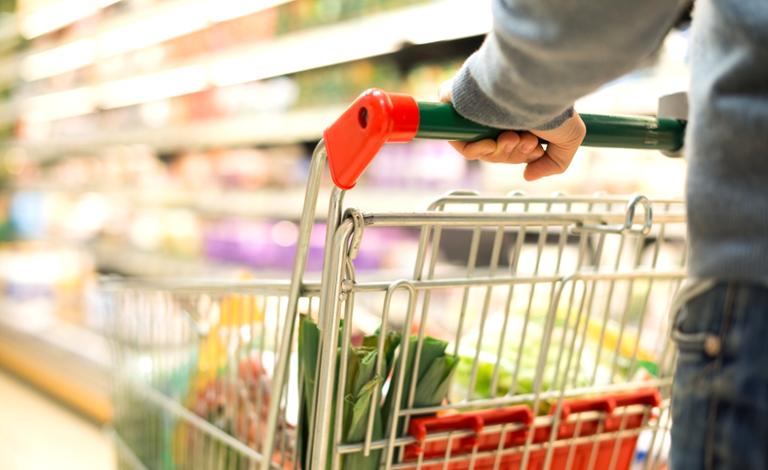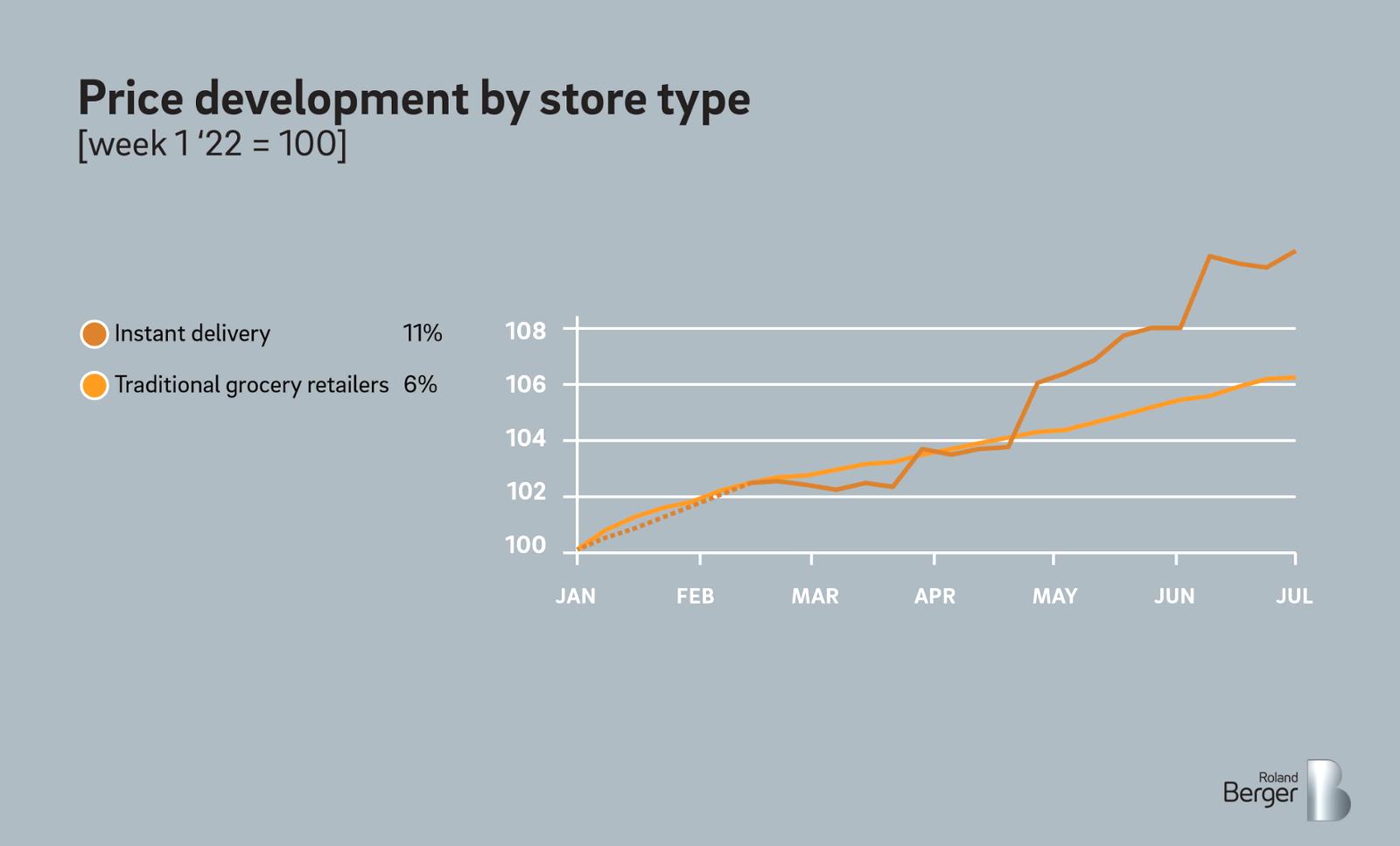Roland Berger's study 'The Protein Revolution' zooms in on the increasing demand for protein. To meet this demand sustainably, sources of alternative protein are on the rise.
Price pressure in the F&B value Chain
![{[downloads[language].preview]}](https://www.rolandberger.com/publications/publication_image/Roland-Berger_NL_Report-Food-Value-Chain-cover_download_preview.png)
Roland Berger and PRIME Retail & Trade Solutions have conducted a joint assessment to better understand how product prices have developed across the value chain and how this development influences F&B dynamics.










